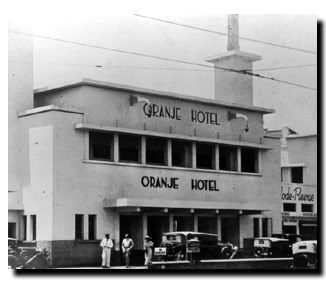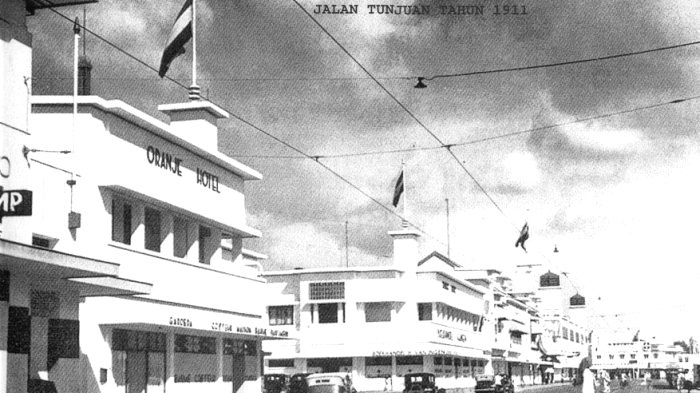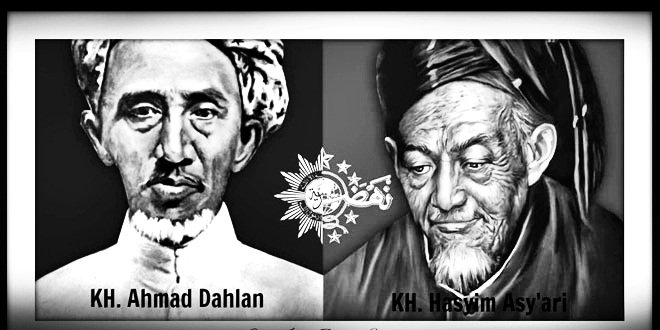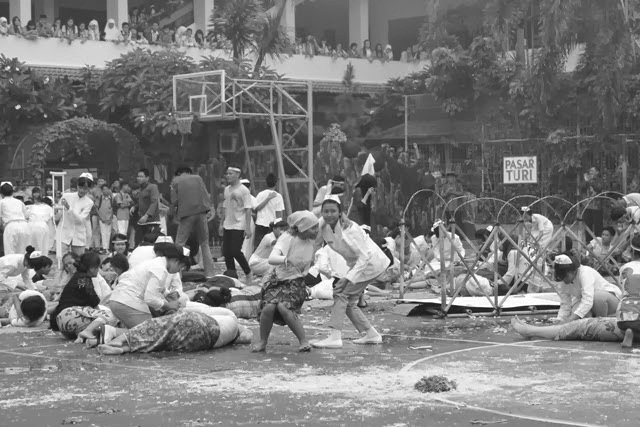Hallo Steamian!

Bung Tomo by : image Google
Precisely on this Day, November 10 is celebrated as the Day of Heroes. I want to tell a little about why today is called the day of the hero, The Day of Heroes originated from the battle of Surabaya that occurred in 1945.
There was a massive battle between Indonesian soldiers and pro-independence militias against British and Dutch troops. Battle of Surabaya became the first war of Indonesian troops with foreign troops after the Proclamation of Indonesian Independence.

by : image Google
It was also the greatest and heaviest battle in the history of the Indonesian National Revolution over Indonesia's resistance to colonialism. The fighting began on March 1, 1942, when Japanese troops landed on Java Island and seven days later, March 8, 1942 the Dutch army surrendered unconditionally under the Kalijati Agreement.

by : image Google
Three years later, Japan surrendered unconditionally to its allies after the dropping of atomic bombs (by the United States) in Hiroshima and Nagasaki.
.jpg)
by : image Google
The incident occurred in August 1945. In the vacuum of foreign power, Sukarno then proclaimed Indonesia's independence on August 17, 1945. After the emergence of the Indonesian government's decision dated 31 August 1945 which stipulated that from 1 September 1945 the national flag of Sang Saka Merah Putih was hoisted throughout Indonesia. The flag-raising movement extends to all corners of Surabaya.
.jpg)
by : image Google
The climax of the flag-raising movement in Surabaya occurred on the incident of a flag rattling at Yamato Hoteru / Hotel Yamato (named Oranje Hotel or Hotel Orange in colonial times, now called Hotel Majapahit) on Jl. Tunjungan no. 65 Surabaya.
by : image Google( )
)
Without the approval of the Government of the Surabaya Region, at the pole at the top level of Hotel Yamato, the north side. The next day the young people of Surabaya see it and become angry because they consider the Dutch have insulted Indonesian sovereignty. Shortly after mass gathering at Yamato Hotel, Resident Soedirman, a fighter and diplomat who at that time served as Vice Resident (Fuku Syuco Gunseikan) which is still recognized by Dai Nippon Surabaya Syu, as well as Resident Area Surabaya Government of RI, came through the crowd then entered the Hotel Yamato escorted Sidik and Hariyono. As a representative of RI he conferred with Mr. W.V.Ch.

by : image Google
Ploegman and his friends and requested that the Dutch flag be immediately removed from the Hotel Yamato building.
In this negotiation Ploegman refused to lower the Dutch flag. The talks were heating up, Ploegman took out a pistol, and there was a fight in the negotiating room. Ploegman was killed by Sidik, who was also killed by Dutch soldiers guarding and hearing Ploegman's gunshot eruptions, while Soedirman and Hariyono escaped outside Yamato Hotel.
Some youths scramble up the hotel to lower the Dutch flag. Hariyono who was originally with Soedirman back into the hotel and involved in the climbing of the flagpole and with Koesno Wibowo managed to lower the Dutch flag,
Tore off the blue part, and hoisted it to the top of the flagpole as a Red and White flag.

by : image Google
After the killing of Brigadier General Mallaby, his successor, Maj. Gen. Robert Mansergh issued an ultimatum stating that all armed Indonesians and men must report and place their weapons in their designated places and surrender by raising arms above. The ultimatum limit is at 6:00 am on November 10, 1945.

by : image Google
The ultimatum is then regarded as an insult to the fighters and the people who have formed many bodies of struggle / militia. The ultimatum was rejected by the Indonesian side on the grounds that the Republic of Indonesia was then established, and TKR (People's Security Army) has also been formed as a state troop.

by : image Google
In addition, many armed struggle organizations have been formed by the community, including among youth, students and students who oppose the re-entry of the Dutch government who raise the presence of British troops in Indonesia.

Bung Tomo in Surabaya, one of Indonesia's most respected revolutionary leaders. This famous photo for many people involved in the Indonesian National Revolution represented the soul of Indonesia's major revolutionary struggle at the time.
.jpg)
by : image Google
On the morning of November 10, British troops began an attack. Allied troops are getting resistance from Indonesian troops and militia. In addition to Bung Tomo there are also other influential figures in mobilizing the people of Surabaya at that time, some came from religious backgrounds such as KH. Hasyim Asy'ari, KH. Wahab Hasbullah and other pesantren kyais also mobilized their santri and civil society as a militia of resistance
(at that time the people were not so obedient to the government but they were more obedient and obedient to the kyai / ulama) so that the resistance of the Indonesian side took a lot, from day to day, until from week to week other.

by : image Google
The people's resistance, which was initially done spontaneously and uncoordinated, became more and more organized. This battle took about three weeks. About 16,000 fighters from the Indonesian side were killed and 200,000 civilians fled from Surabaya. The casualties of the British and Indian forces were about 2000 soldiers.
by : image Google
The bloody battle in Surabaya that took the lives of thousands of people has stirred up popular resistance across Indonesia to fight. The number of fallen fighters and civilians who fell victim on 10 November is then remembered as Heroes Day by the Republic of Indonesia until now. That's a little story why today is called a hero day.
I hopefully you will find them interesting! I appreciate your up-vote if you liked my post and Also please feel free to leave a comment to let me know what you think!
follow : @okyaprianda
